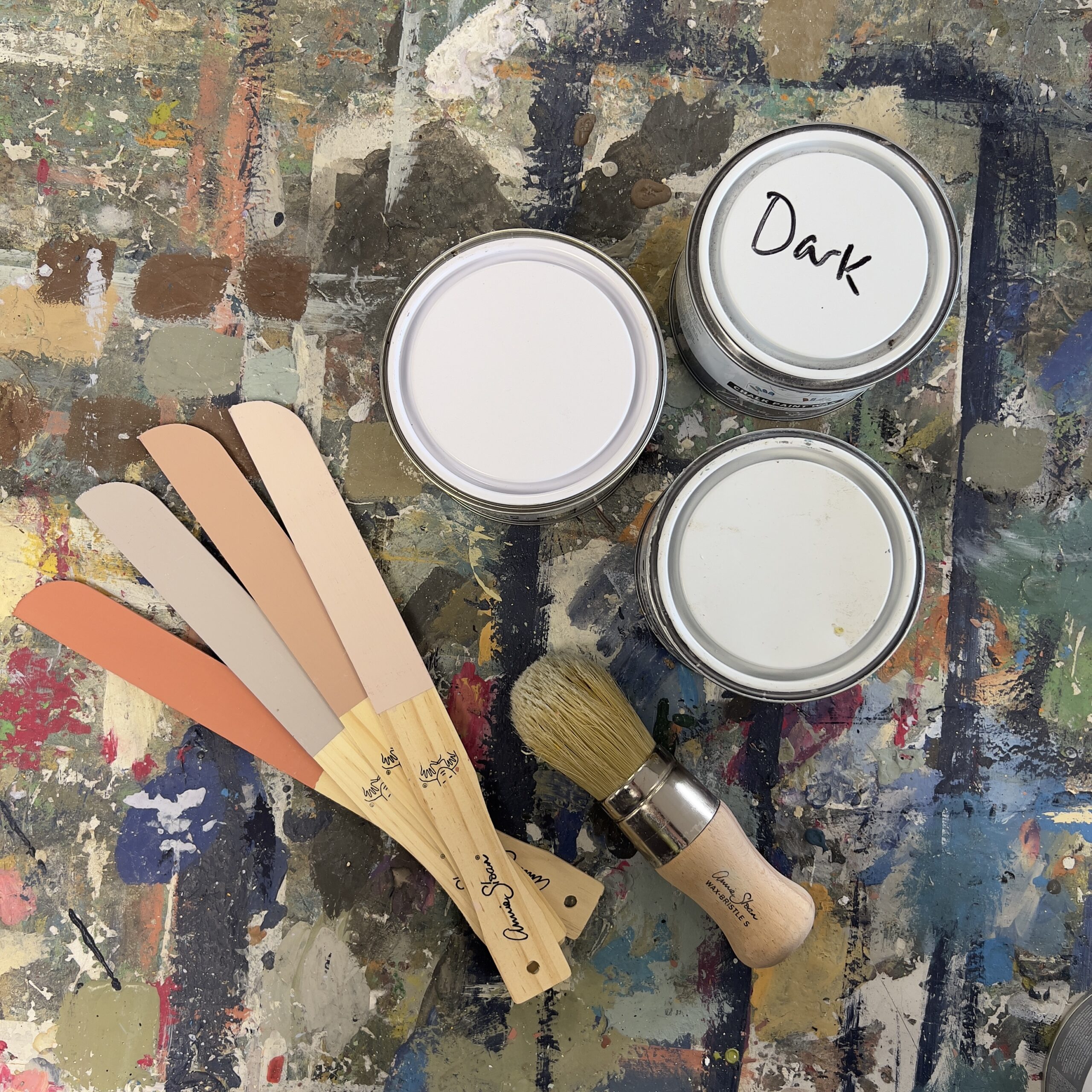A Beginner's Guide to Painting
Painting is one of the most effective and affordable ways to freshen up a home’s interior, but getting started for the first time can be really daunting.
Whether you’re looking to fully redecorate your home, try a new interior design trend or just brighten up your space with a fresh coat of paint, we’ve got you covered with this comprehensive beginner’s guide.
DIY home painting can be really easy when you know which steps to follow, so we’ll break down everything you need to know to get off to a flying start.
This includes tips on choosing your colour scheme, the equipment you’ll need, how to prep your walls and simple techniques for painting your interior.
Colour – Book Room Green

Choosing Paint
As a general rule, you should repaint your interior every three to five years to keep walls looking fresh. You can either repaint your walls the same colour or take the opportunity to restyle your space.
First, pick your colour scheme. You can choose a colour that matches your existing furnishings if you’re after a quick and easy home revamp or you can start fresh if you’re after a complete remodel.
Whatever you decide, it’s best to test out a few paint samples before you commit to one colour. This will help you see how the paint looks in natural light so you can decide which colour looks best in your home. It’s usually best to pick a similar but lighter shade for the ceiling, trim and mouldings too.
It’s best practice to swatch your sample paint onto plain white paper instead of your walls. You’ll be able to move it around the room so that you can see how different lighting affects the colour. Plus, this technique stops your paint swatches showing through your finished walls, which is quite common with lighter colours.
Emulsion paint is the best type of paint for interior walls and ceilings. You ideally want an emulsion paint with a matt finish because it reflects light evenly around the room without leaving a noticeable sheen or reflection.
Colour – Ambleside

How to Prep Walls for Painting
Once you’ve chosen your colour scheme and paint, it’s time to prepare your walls for home painting. Start by making space and pushing the furniture away from the walls.
To get the walls ready, remove any wallpaper and scrape off any loose, chipped or peeling paint. Next, you’ll need to use wall putty to fill in any holes and cracks. After the putty has dried, use sandpaper to smooth it down. Afterwards, clean off any dirt on the walls with warm water (or a soapy detergent if necessary) until they are completely clean and then leave them to dry.
Once your walls are dry, you’re ready to add the All Surface Primer. This will help give the paint even coverage and a streak-free look. Remember to use trim tape on areas you don’t want to paint, like your mouldings, windows and light switches.
How to Paint Interior Walls
Now the walls are fully prepped, you’re ready to paint!
You’ll need a paintbrush, a roller, a paint tray and a ladder. Material drop cloths (like old sheets or towels) are essential too because they help protect your floor and furniture from paint splashes.
Give the paint a quick stir and you’re ready to begin. Paint from top to bottom and from the edges in — this is called “cutting in”. You can use the roller for most of the painting. Try to use long even strokes and wipe the roller off on the tray to avoid overloading the wall with excess paint. Once you’ve done what you can with the roller, switch to the paintbrush to finish the more delicate areas.
After the paint has dried, repeat the process with a second coat of paint. Then you can remove the trim tape. It’s best to do this when the wall is no longer tacky but still drying to avoid any damage.
Colour – French Grey

And there you have it. After a few easy steps, you’re now a pro at home painting. We’re sure you’ll have had a fun experience freshening up your interior, so remember to store any left-over paint for touch-ups and future home design projects.




